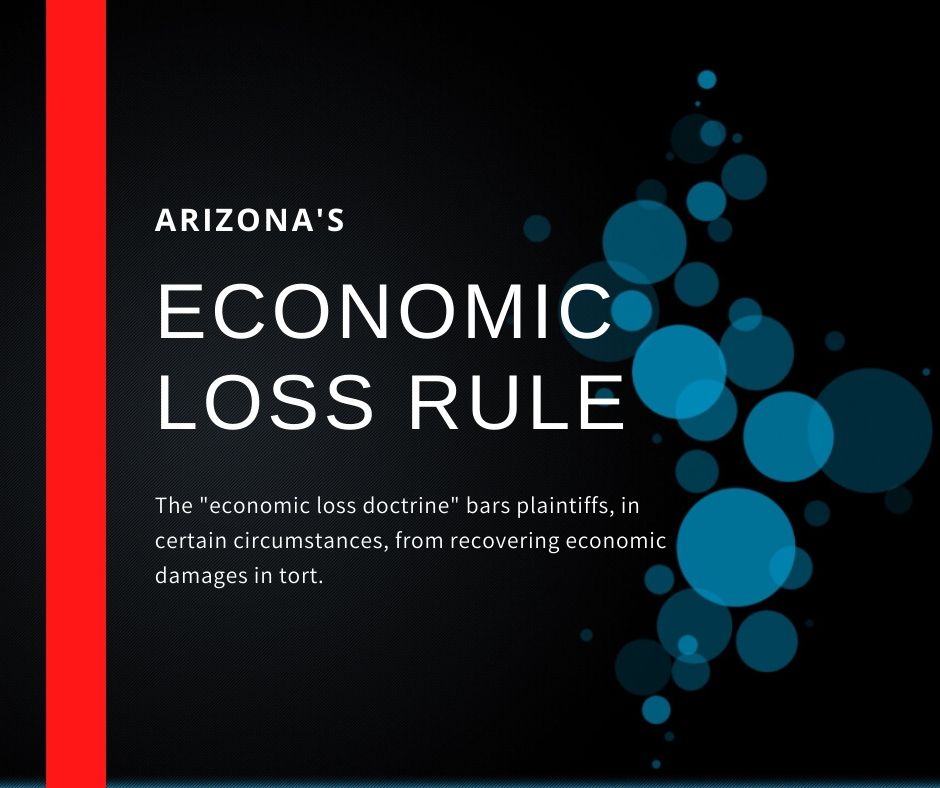Dealing with A Bad Or Fake Google Review - Part 4
Failing to remove a negative review can put your business name and reputation at serious risk. Bad or fake Google reviews can lead to negative publicity, loss of potential customers, decreased profits, and other consequences.
Wright Law has a successful track record of getting negative online reviews removed. It’s just a small part of what we do. But we’re seeing it as a growing problem. We hope this article will help you to know what works and what doesn’t.
By way of review, there are essentially four ways that a businesses can remove unwanted Google reviews. This focus of this article is method no. 4:
- Ask the original author to remove the negative review,
- Flag the negative review to Google,
- Pursue legal action against the person who posted it, and
- Use an online reputation management strategy and SEO.
Method No. 4

In most cases, getting a bad review down can be done using the methods described above. Even in cases where some people claim or believe it may be impossible. And at the end of the day, no remedy is a better remedy for a bad review than getting it taken down. However, there are certainly some circumstances where removing an unwanted review might not be possible, or worth it. In these situations, where negative reviews ultimately can’t or won’t be taken down, reputation management and SEO campaigns are usually the last remaining option to get negative online reviews removed.
What Are ORM & SEO?
[Online reputation management](https://www.minclaw.com/online-reputation-management-legal-services-remove-online-content/) (ORM) means taking action to improve your reputation on the Internet. It’s the process or combination of strategies, techniques, and tools that people and businesses can use to create a positive image for themselves online.
SEO stands for Search Engine Optimization. SEO involves using tools and techniques to make changes to websites and online content that makes websites and content more attractive and rank better on Google.
An easy way to differentiate the two is to think of ORM as being about content creation. SEO, on the other hand, is what you do with the content after it is created. Ideally, any good online reputation management campaign includes a good focus on SEO and local SEO techniques to be successful.
How Does ORM & SEO Remove Bad Reviews?
Reputation management works to remove reviews by drowning out the negatives by creating positive content and information about a business to the point where the bad review is no longer visible, i.e. making it effectively removed. This involves a mix of creating good content through ORM and then making sure it ranks high and shows up well in search engines using SEO.
Proactively creating a good reputation for your business name online is the first line of defense against bad reviews. It also makes the job of getting bad reviews removed easier when they do happen because it makes your business look more credible.
ORM & SEO Tips, Tools, & Strategies to Remove Fake Google Reviews
Below are is a list of our top tips and recommended strategies to purse an effectively remove unwanted Google Reviews:
A. Seek Feedback From Customers Regularly.
As stated at the beginning of this post, having a customer-centered approach is key to preventing and removing Google reviews. This starts by having a policy of regularly seeking feedback from your customers. Businesses should proactively check-in with their customers regularly to see what’s going on and how things are going. This is the first line of defense to bad reviews.
B. Get More Positive Reviews
Getting more good reviews is a proverbial no-brainer. Getting more positive reviews helps attract prospective customers, drowns out bad reviews, and makes it easier to get bad reviews removed when they do happen because it improves your business’s integrity and reputation.
There are dozens of services and tools that help companies get glowing reviews from consumers. The one our law firm uses and we highly recommend is called [ Review Inc.](https://reviewinc.com/).
C. Get Social
Unless you’ve been living under a rock the past decade it should be no surprise that being active on social media is good for business. As of 2020, [54% of all social media users](https://assetdigitalcom.com/social-media-and-small-business-latest-statistics-2020/) research businesses, products, and services across social media platforms before engaging with them, while over [60% of customers and clients](https://assetdigitalcom.com/social-media-and-small-business-latest-statistics-2020/) expect businesses to offer customer service via their social media channels.
An active and positive social media presence reaches customers and clients via the channels that they most regularly use and shows them that your business is both engaged and responsive.
D. Publish & Create Positive Content
Google’s search results and algorithm prioritizes the most constructive and relevant content to a user’s query and ranks it accordingly. Creating and publishing positive content stands to not only position your business as a trustworthy authority in your industry, but can more importantly serve as a foundation to protecting against future negative and fake content.
Common examples of content that your business can produce include:
- News write-ups on relevant industry trends;
- How-to guides and best-of lists;
- Cost articles about your business, product, or service; and other
- Brand-related content.
Now, instead of Internet users reading information about your business that was created and curated by others, you now have a direct hand in controlling your online narrative and message. Buying your own domain](https://www.pcmag.com/news/how-to-register-a-domain-name-for-your-website) can be done for as little as **USD $10** **per year.**Even if you lack the resources and time to create content and fill out your website, you can still use your domain as a “linking hub” that points users to all of your related professional accounts – such as LinkedIn, Twitter, Facebook, and Glassdoor.
E. Actively Monitor Your Business’s Online Reputation
Actively and presence is an ongoing effort. Knowing exactly what Internet search results reveal about your brand and business is critical for removing (and responding to) fake online reviews and negative content in a timely manner.
Five effective ways to monitor your business’s online reputation include:
- Googling your business in incognito mode;
- Creating a Google Alerts account to monitor mentions of your business;
- Reviewing social media accounts for damaging content, mentions, and comments;
- Claiming all online business profiles; and
- Purchasing exact match domains.
The longer fake and negative content stays online, the more likely it is to do damage to your business, so it is imperative to stay on top of what others are saying about you.
We Can Help You Remove Fake Google Reviews
If you are in business long enough, you are likely to encounter fake online reviews. It is just the name of the game. How you respond to fake reviews and approach their removal is what will separate your business from competitors and enable your business to stand the test of time in your industry.
While there are steps that you can take to protect your business against fake Google reviews, we do NOT recommend clients going at this alone. Reporting fake and negative online reviews to Google should be done with the assistance of experienced Internet attorneys who have proven success removing fake Google reviews and a comprehensive knowledge of Google’s content policies and guidelines.
At Wright Law, we understand the damage that a malicious, fake, or defamatory online reviews can do to your business. We know what it takes to not only remove fake online reviews, but put an end to the online attacks for good and help your business put its best digital footprint forward.




